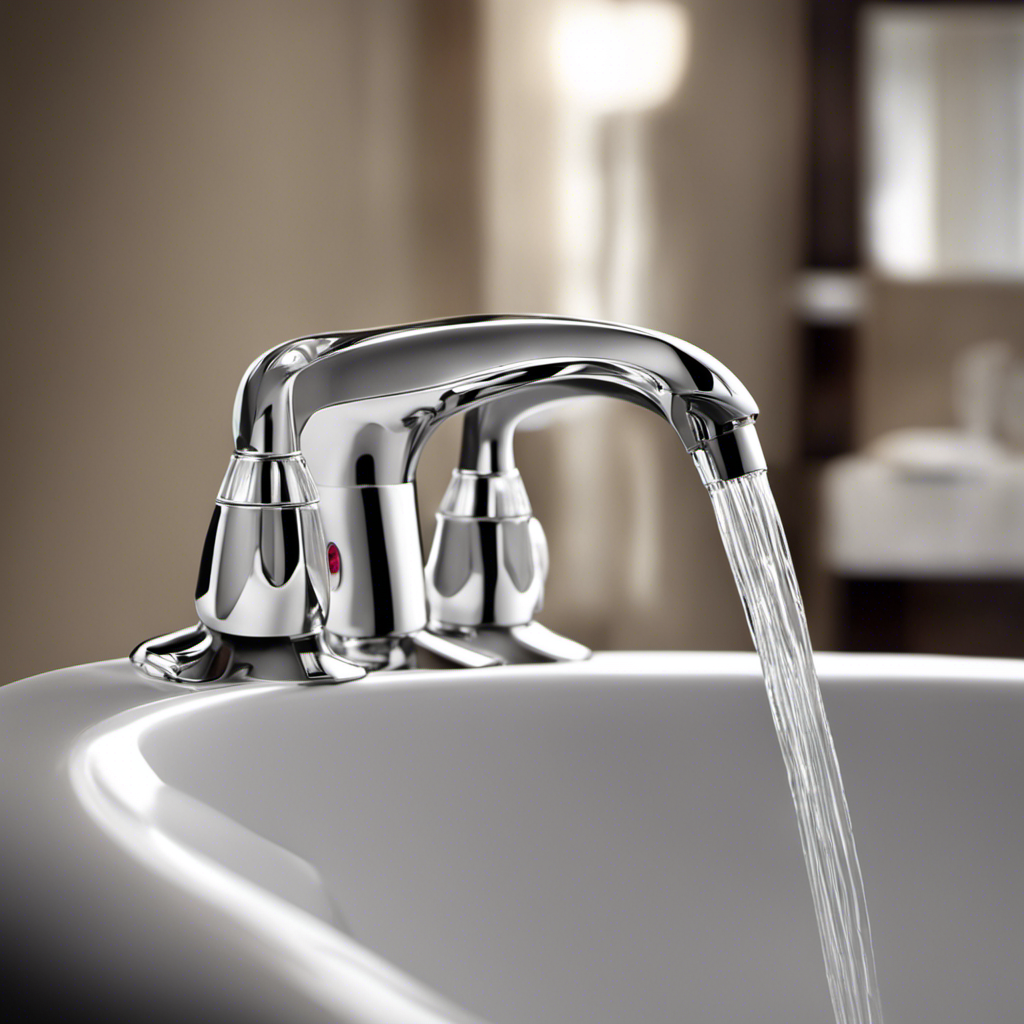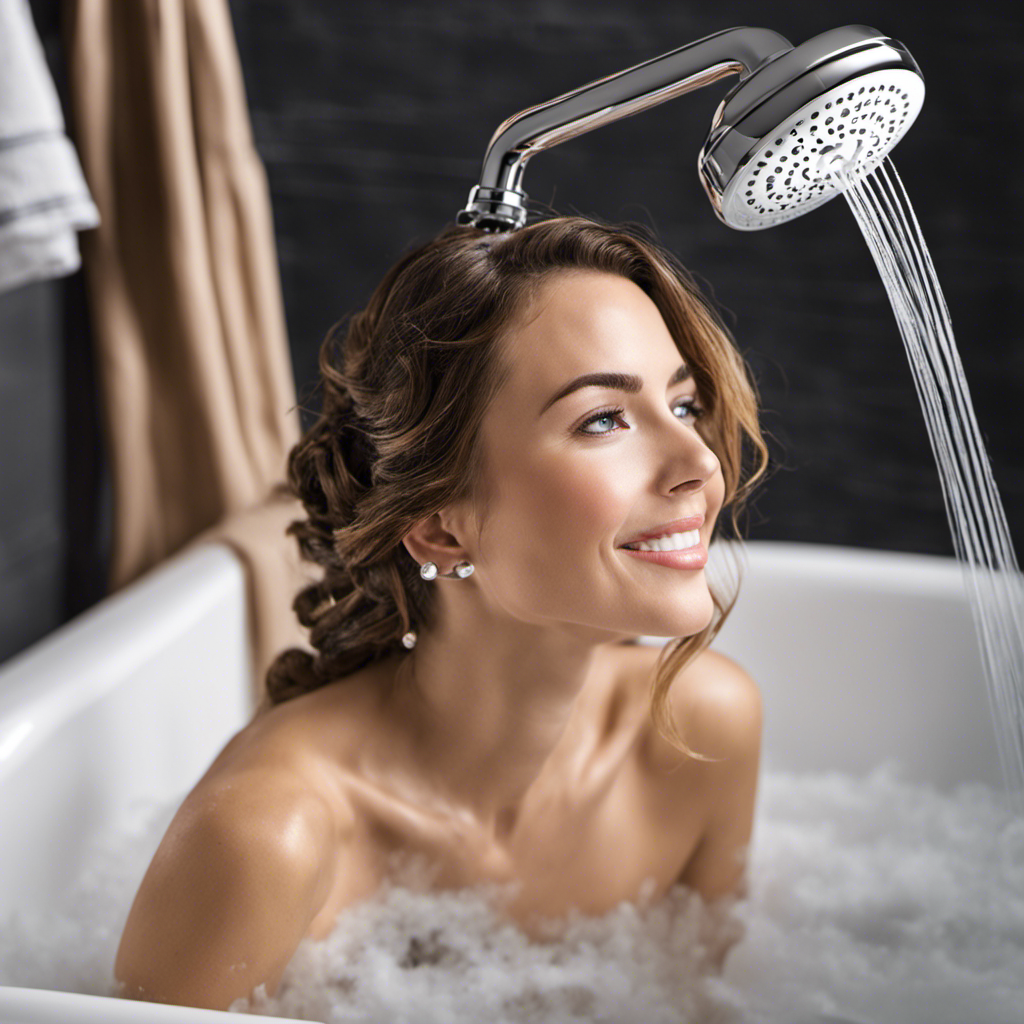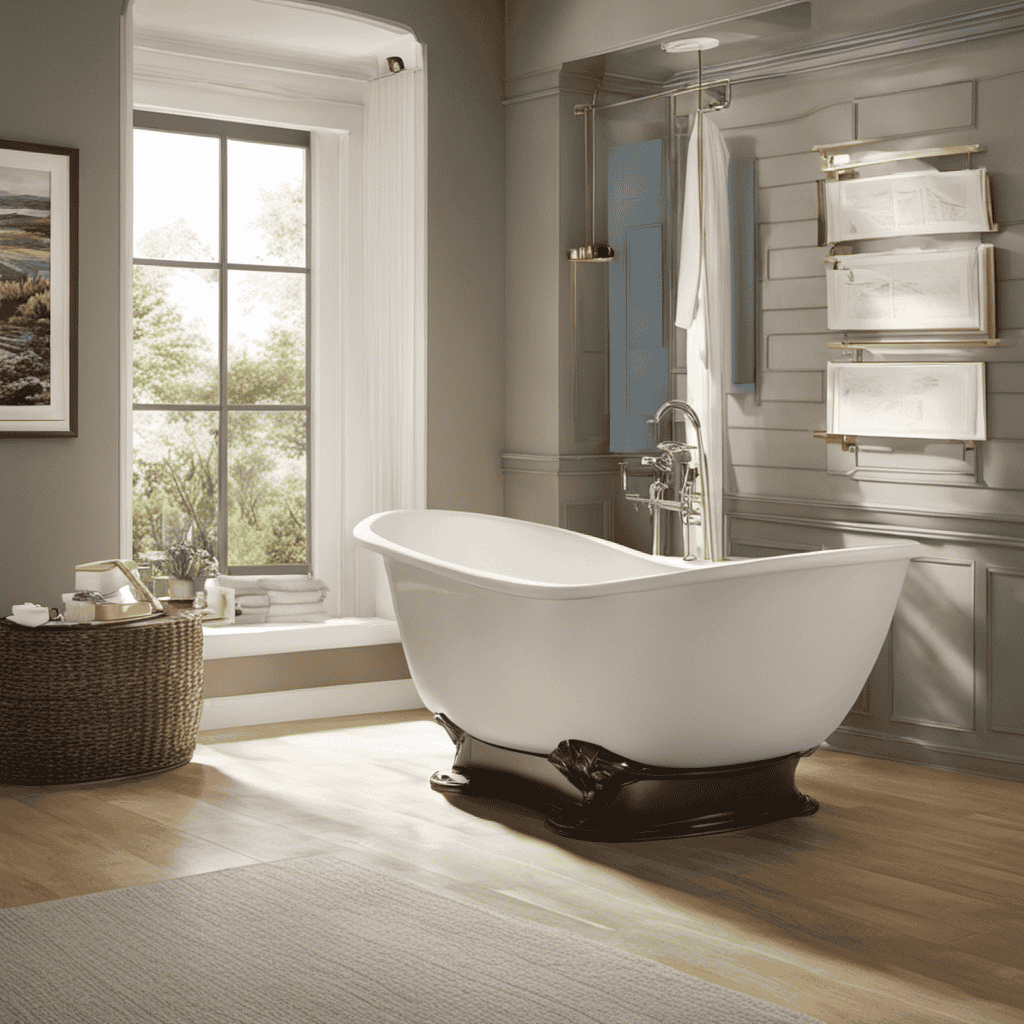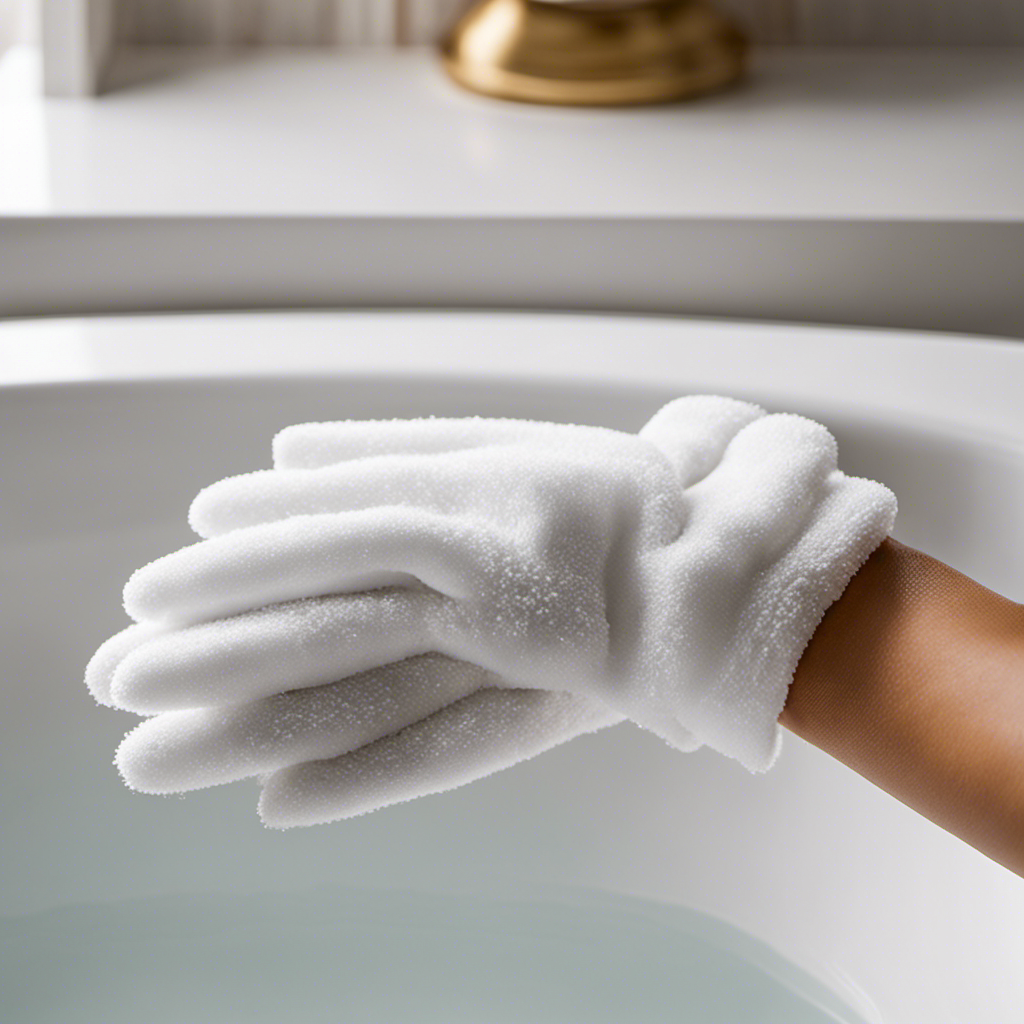Hey there, folks! Ever found yourself in a bathtub that’s either too hot or too cold for your liking? Well, fear not, because I’ve got just the solution for you.
In this helpful guide, I’ll walk you through the steps to adjust the temperature on your bathtub faucet like a pro. Whether you’ve got a single-handle or two-handle faucet, I’ve got you covered.
Get ready to say goodbye to uncomfortable baths and hello to the perfect temperature every time. Let’s dive in!
Key Takeaways
- Familiarize yourself with the temperature control mechanism for proper water temperature control and safety.
- Identify the type of bathtub faucet by examining the handles and overall structure.
- Regular maintenance and inspections are important for optimal performance and to ensure reliable and adjustable water temperature.
- Troubleshoot common temperature adjustment issues such as low water pressure and leaking faucets by checking for clogged aerators and replacing worn-out washers or O-rings.
Understanding the Temperature Control Mechanism
To understand how to adjust the temperature on your bathtub faucet, you’ll need to familiarize yourself with the temperature control mechanism. Maintaining proper water temperature in the bathtub is important for both comfort and safety.
There are different types of temperature control mechanisms in bathroom fixtures, each with its own features and functionality. One common type is the single-handle faucet, which combines both hot and cold water controls into one lever or knob. Another type is the dual-handle faucet, which has separate controls for hot and cold water. Some modern fixtures even come with thermostatic valves that allow you to set and maintain a specific temperature.
Understanding the temperature control mechanism is essential before you can proceed to identifying the type of bathtub faucet.
Identifying the Type of Bathtub Faucet
Identifying the type of bathtub faucet can help you determine the best way to control the water flow.
There are different types of bathtub faucets commonly used in households. The most common types include compression faucets, ball faucets, cartridge faucets, and disc faucets. Each type has its own unique design and mechanism for controlling the water flow.
To identify the type of faucet you have, start by examining the handles and the overall structure. Look for any signs of damage such as leaks, drips, or difficulty in turning the handles. These signs can indicate the need for repair or replacement.
Adjusting the Temperature on a Single-Handle Faucet
The easiest way to control the hotness or coldness of the water with a single-handle faucet is by rotating it left or right. This type of faucet is designed to provide convenience and ease of use.
However, proper maintenance and regular inspections are important to ensure its optimal performance. Regular inspections help identify any potential issues or damages that may affect the functionality of the faucet. It is recommended to inspect the faucet for any leaks, loose connections, or signs of wear and tear.
Additionally, regular cleaning and lubrication of the internal components can help maintain smooth operation and prevent any potential problems. By taking these steps and performing regular inspections, you can ensure that your single-handle faucet continues to provide reliable and adjustable water temperature for your bathing needs.
Adjusting the Temperature on a Two-Handle Faucet
Regular inspections and maintenance are important for maintaining the optimal performance of a two-handle faucet. When it comes to proper maintenance for bathtub faucets, there are a few key things to keep in mind.
First, make sure to regularly check for any leaks or drips around the handles or spout. If you notice any, it’s important to address them promptly to prevent further damage.
Additionally, cleaning the aerator and showerhead regularly can help improve water flow and prevent clogs.
Another important aspect of maintaining a two-handle faucet is ensuring that the temperature control valves are functioning properly. These valves allow you to adjust the temperature of the water, providing a comfortable and safe bathing experience.
Troubleshooting Common Temperature Adjustment Issues
If you’re experiencing difficulty controlling the water temperature, there are a few common issues to check for. One of the most common causes of low water pressure in bathtub faucets is a clogged aerator. This small device at the end of the faucet can become blocked with sediment or debris, reducing the flow of water. To fix this, simply unscrew the aerator and clean it thoroughly.
Another common issue is a leaking bathtub faucet. This can be caused by a worn-out washer or O-ring, which can easily be replaced. Here’s a helpful table summarizing the common causes and solutions for low water pressure and leaking bathtub faucets:
| Issue | Cause | Solution |
|---|---|---|
| Low water pressure | Clogged aerator | Clean or replace aerator |
| Leaking bathtub faucet | Worn-out washer or O-ring | Replace washer or O-ring |
Conclusion
In conclusion, adjusting the temperature on your bathtub faucet is like finding the perfect balance in life. Just as we navigate through various challenges and experiences, we must also navigate through the different types of faucets and understand their mechanisms.
By identifying the type of faucet and following the appropriate steps, we can effortlessly control the temperature and create a soothing bathing experience. Remember, just like finding harmony in life, finding the right temperature in your bathtub is all about patience, understanding, and a touch of finesse.










